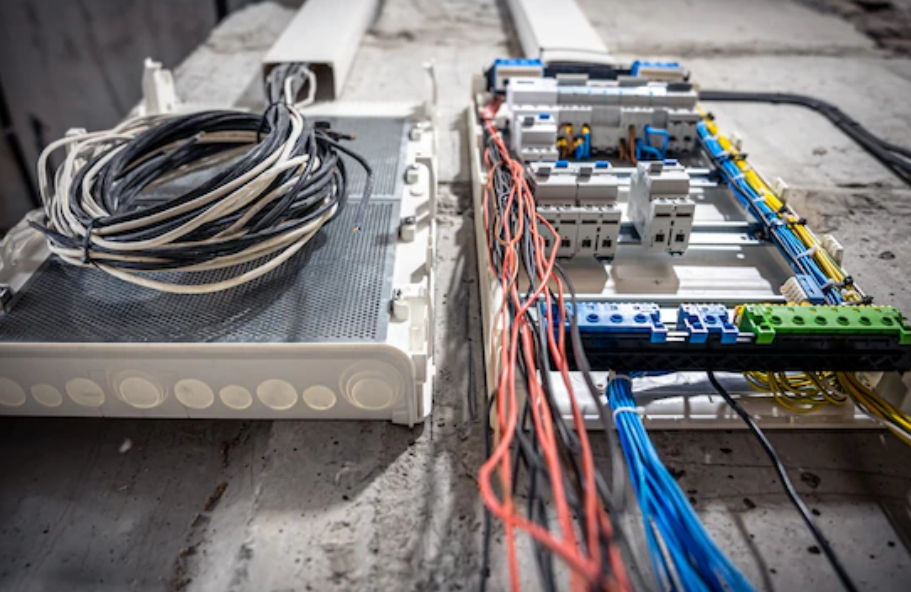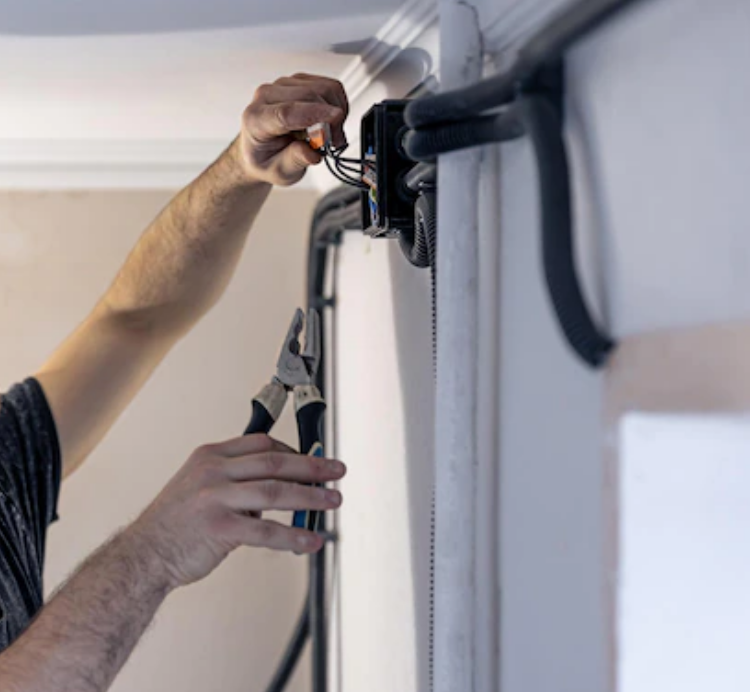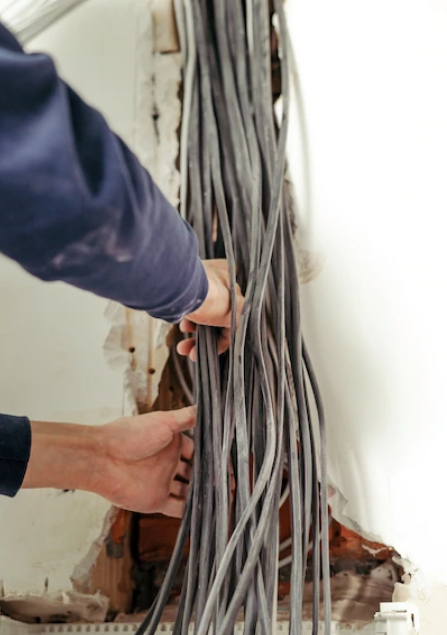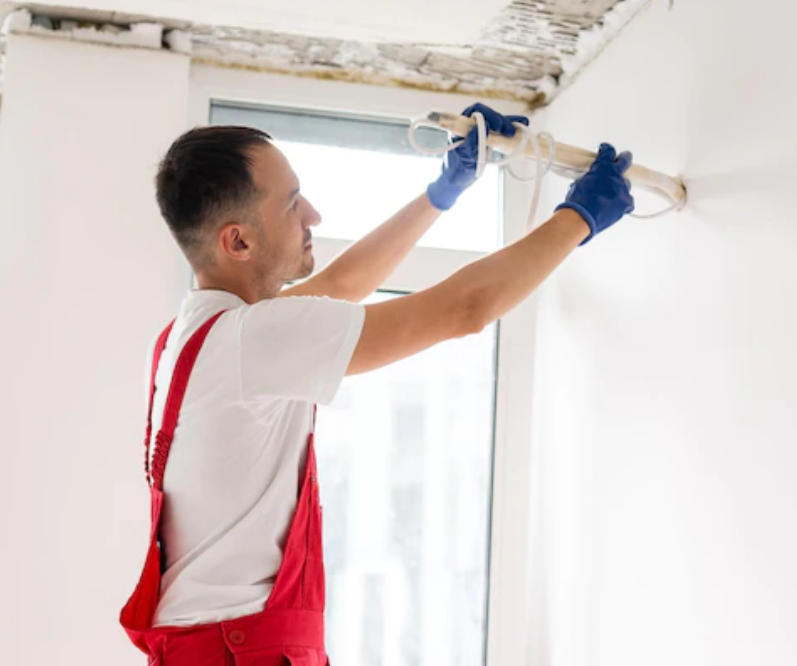Can you rewire a house without removing drywall?
Can you rewire a house without removing drywall?
Yes, it is possible! If you have recently purchased a new home or you have plans to, and the current or previous owner has said they wired the home themselves (without the help of a professional), it is in your best interests to check whether the current wiring is appropriate and adequate enough for carrying electricity without any hassles. This is very important since at a later stage it could lead to electrical shocks, short circuits, or even a fire caused by an overloaded current that could burn your entire home down. If you have noticed sparks from any of the sockets in the home, it might be the right time to get your home rewired.
If the walls in the home are cavity-type made from drywall or plasterboard, the mess will be a lot less severe, yet it still exists. Experienced electricians are typically skilled when it comes to feeding cables into cavity walls, yet troublesome horizontal woodwork which keeps a wall supported is often what causes a problem.
When feeding cables from above a ceiling (perhaps from the loft space) down in a vertical direction in cavity walls, the wooden horizontal supports usually always cause an obstruction. To overcome such issues, our electricians notch out channels in these wooden supports, which will allow the electrical cable to pass. This usually means that a portion of the drywall will need to be removed.
Rewiring A Home Without Removing Drywall: The 4 Stages And Tips
Since many homeowners have concerns relating to the overall disruptiveness of these processes, many electricians are often asked if it is possible to rewire a home without having to remove the drywall.
In most cases it is possible, and even whole home rewiring is also possible with minimal disruptions. If you are interested in finding out more information on these processes, professional and skilled electricians and drywall experts will explain the process involved on how they will rewire your home without having to remove your drywall. Below are the typical steps that follow and what you can expect from each one.
#1 The Planning And Preparing Stage
Similar to other upgrading and remodeling projects, planning and preparation are required for any rewiring job. A detailed plan is used to locate and project each circuit which will allow for a way to keep the drywall intact. Detailed plans of the old wiring or circuitry that needs replacing along with detailed drawings that display where everything is located can help to minimize disruptions.
A detailed plan containing the new wiring or new circuitry might, in certain cases follow different plans when the existing one is not ideal or when new requirements have to be accommodated into the wiring calculations. The new plan helps the electrician to work out how many cables and wires will be needed, along with the most expedient and best routes for your new circuit.
#2 Preparation Stage
If you have decided to take on the preparation work yourself, think about removing any clutter close to any of the electrical outlets in the home. Your electrician will need easy access when it comes to installing the new circuit and the wiring. While they can usually assist you with moving heavy items and furniture, Drywall Repair professionals can handle any size project and provide drywall repair guidance. you can still deal with the smaller stuff before they arrive.
#3 The Removal Stage
This is the stage where the current wiring will be pulled out and discarded. It is not as simple as it may sound due to two primary reasons:
• You cannot just pull wires out walls, they are usually stapled.
• You cannot throw the old wiring in the trash, it must be discarded and recycled properly.
The existing wire in your home may be attached with staples to the framing. This means you cannot just pull these cables out. After ensuring that the power is turned off, your electrician might cut these cables, removing the exposed parts, and leaving the cables that are buried inside the walls. If you are prepared to patch your drywall, the cables could be extracted from inside each room, but in other cases, it would need to be conducted inside a crawl space.
Some of the cables may be located in easy locations, which makes them easier to pull out. Your electrician may be able to tape the new cables to the existing ones, followed by pulling the old wires out which allows the new cables to fall conveniently into the existing space.
#4 The New Wiring Stage
Rewiring a home involves more than just taping cables together and allowing the new one to replace the old one our team will take care of your routine electrical maintenance and house repairs,. When this is not possible, the process involves to place new wiring is often a complex task. Even before they can run any new wires, your electrician will need to pre-cut openings for every box of your circuit’s electrical devices.
Conclusion
Modern rewiring will make your house safe and more energy efficient when compared to outdated systems. This will also mean that your energy bills will usually become lower over time. At the same time, rewiring is similar to other renovations in the way of adding value to the home. Contact Mercury Drywall Repair Service .
You can also use a junction or cable box to keep the wires organized. It will look neater and you also won’t find it a difficult task to untangle them when you need to find out which wire belongs where. At the same time, if you require an additional electrical outlet somewhere down the line, it can be connected easily through this box, helping you to expand your use of appliances. Rewiring homes requires concentration and time. Everything must be connected correctly or you could risk your home burning down or someone getting a nasty shock.




